Lavender is a genus of 39 known species of flowering plants in the mint family, Lamiaceae. It is native to the Old World and is found from Cape Verde and the Canary Islands, Europe across to northern and eastern Africa, the Mediterranean, southwest Asia to southeast India. Many members of the genus are cultivated extensively in temperate climates as ornamental plants for garden and landscape use, for use as culinary herbs, and also commercially for the extraction of essential oils. The most widely cultivated species, Lavandula angustifolia, is often referred to as lavender, and there is a colour named for the shade of the flowers of this species.
Lavender Oil
Commercially, the plant is grown mainly for the production of essential oil of lavender. This has antiseptic and anti-inflammatory properties. These extracts are also used as fragrances for bath products.
English lavender (Lavandula angustifolia) yields an essential oil with sweet overtones, and can be used in balms, salves, perfumes, cosmetics, and topical applications. Lavandin yields a similar essential oil, but with higher levels of terpenes including camphor, which add a sharper overtone to the fragrance.
The lavandins are a class of hybrids of L. angustifolia and L. latifolia. The lavandins are widely cultivated for commercial use, since their flowers tend to be bigger than those of English lavender and the plants tend to be easier to harvest, but lavandin oil is regarded by some to be of a lower quality than that of English lavender, with a perfume less sweet.
Culinary Use
It is grown as a condiment and used in salads and dressings. Flowers yield abundant nectar from which bees make a high-quality honey. Monofloral honey is produced primarily around the Mediterranean, and is marketed worldwide as a premium product. Flowers can be candied and are sometimes used as cake decorations. Lavender flavours baked goods and desserts (it pairs especially well with chocolate), and is also used to make “lavender sugar”. Lavender flowers are occasionally blended with black, green, or herbal teas.
Though it has many other traditional uses in southern France, lavender is not used in traditional southern French cooking. It does not appear at all in the best-known compendium of Provençal cooking, J.-B. Reboul’s Cuisinière Provençale In the 1970s, a blend of herbs called herbes de Provence which usually includes lavender was invented by spice wholesalers, and lavender has more recently become popular in cooking.
Lavender lends a floral and slightly sweet flavour to most dishes, and is sometimes paired with sheep’s-milk and goat’s-milk cheeses. For most cooking applications the dried buds, which are also referred to as flowers, are used. Some chefs experiment with the leaves but only the buds contain the essential oil of lavender, from which the scent and flavour of lavender are derived. In the United States, both lavender syrup and dried lavender buds are used to make lavender scones and marshmallows.
Medical Uses
The essential oil was used in hospitals during World War I.
Lavender is used extensively with herbs such as chamomile and aromatherapy. Infusions are believed to soothe insect bites, burns, and headaches. Bunches of lavender repel insects. In pillows, lavender seeds and flowers aid sleep and relaxation. An infusion of flowerheads added to a cup of boiling water is used to soothe and relax at bedtime. Lavender oil (or extract of lavender) is used to treat acne when diluted 1:10 with water, rosewater, or witch hazel; it also treats skin burns and inflammatory conditions.
A study published in 2010 investigated anxiolytic effects and influence on sleep quality. Lavender oil with a high percentage of linalool and linalyl acetate, in the form of capsules, was generally well tolerated. It showed meaningful efficacy in alleviating anxiety and related sleep disturbances.
Lavender oil is approved for use as an anxiolytic in Germany under the name Lasea. A survey paper on lavender and the nervous system published in 2013 states that, “there is growing evidence suggesting that lavender oil may be an effective medicament in treatment of several neurological disorders.”
Lavender may be very effective with wounds;[medical citation needed] however, lavender honey (created from bees feeding on lavender plants), instead of lavender essential oil has the best effects of uninfected wounds.
Wiccan
The use of Lavender has been documented for thousands of years. Magically speaking, lavender is often associated with love spells, as well as for workings to bring calmness and peace. To bring love your way, carry lavender flowers in a sachet on your person, or hang stalks of it in your home. To get a good night’s sleep, with calming dreams, stuff a pillow with sprigs of lavender. It can also be used in a purifying bath or smudging ritual.
The Lost Bearded White Brother
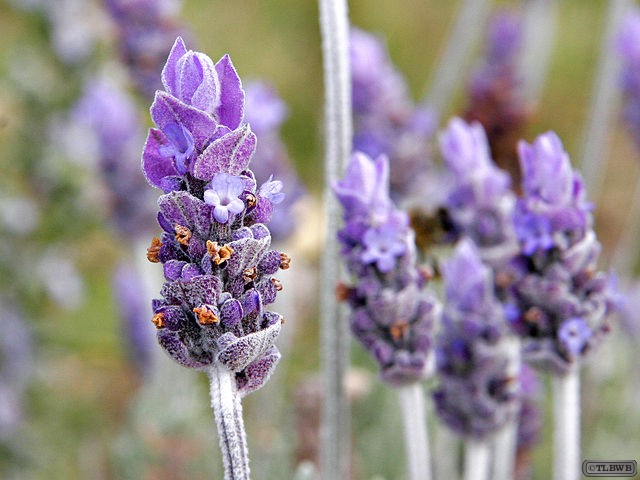
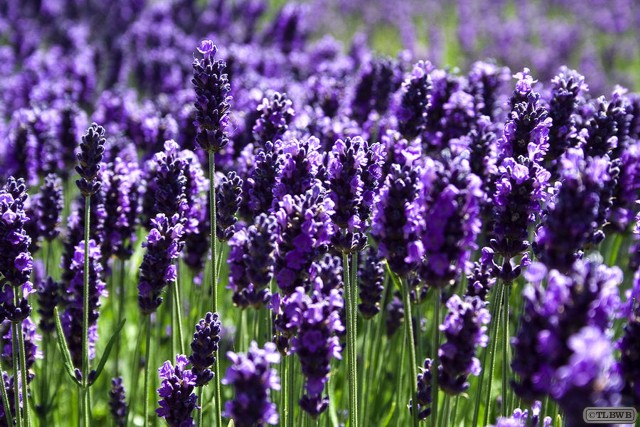
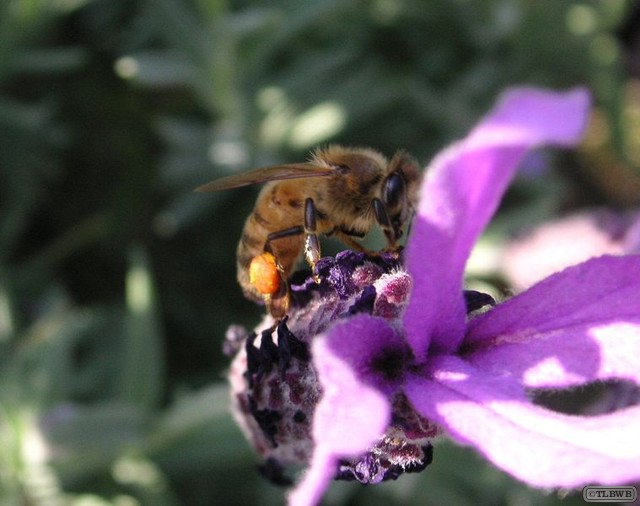
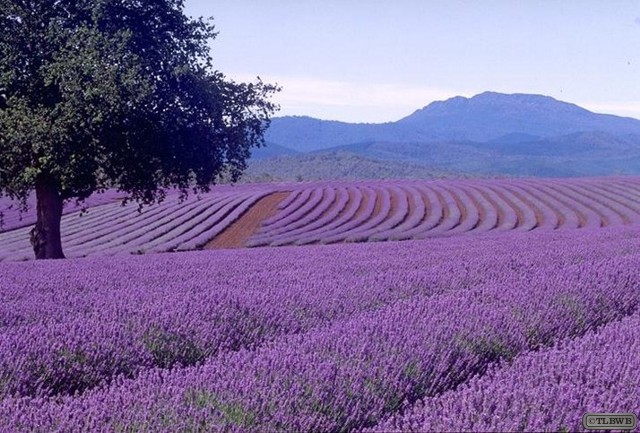
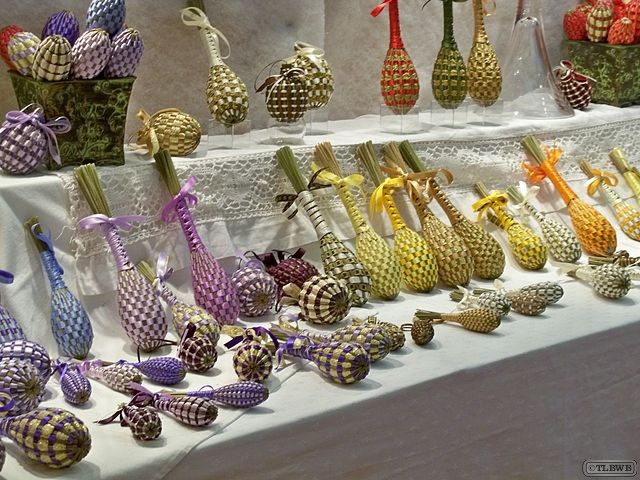
Leave a Reply